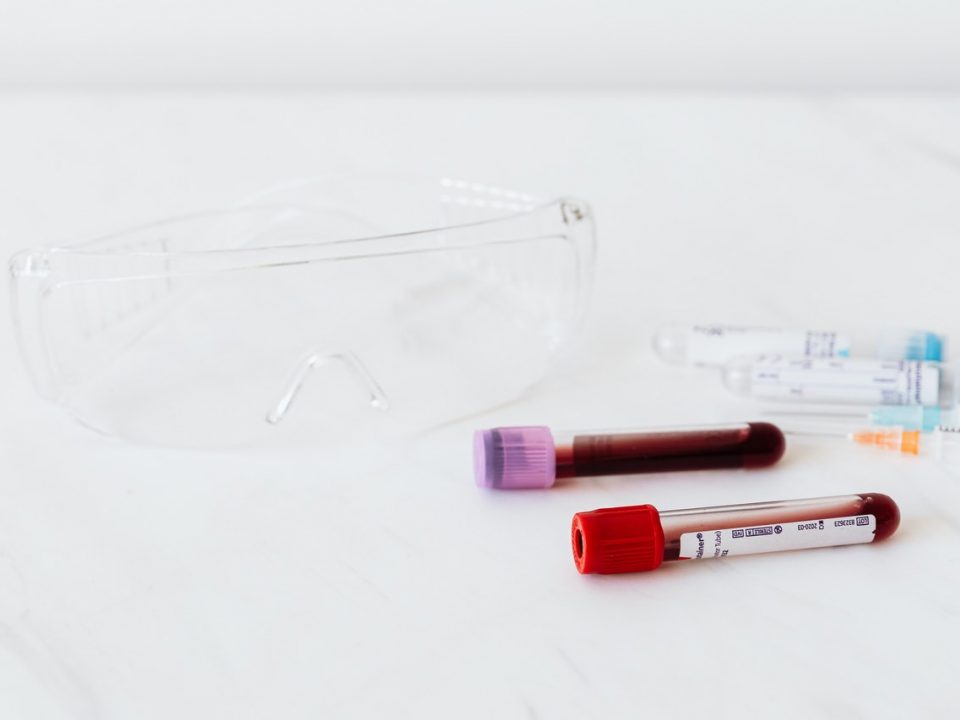Has Katie Price overdone the facial fillers?
Julia Roberts: Why I Won’t Have Botox
If you are looking for an alternative treatment to Botox or the normal dermal fillers, the latest cosmetic surgery trend of carbon dioxide injections could be what you are looking for.
Carbon dioxide is the gas that gives fizzy drinks their fizz and it is the main component of the latest cosmetic surgery craze, carboxytherapy. Carbon dioxide is injected below the skin and is said to help combat dark circles under the eyes, reduce fat in the area, tighten the skin, and help remove stretch marks.
Carboxytherapy is said to work by helping to dilate blood vessels in the local area. This in turn helps to boost the flow of blood and oxygen to the skin which then helps to nourish and regenerate the skin cells. It is also claimed that deeper injections can help to kill off fat cells.
And it isn’t just the face where carboxytherapy is being used. Carbon dioxide jabs can also be used to help cure baldness. The injections are said to reopen closed pores making it easier for hair to start regrowing.
If it all sounds a bit crazy, there is some science behind the carbon dioxide injections. Similar techniques have been used in France since the 1930s to help treat patients suffering from poor circulation, blocked arteries and heart problems. The University of Siena has also recently published articles showing that the injections may help to smooth skin and reduce fat thanks to a thickening of the skin and a smoothening of cellulite.
One session costs around $200 however most practitioners recommend a course of injections over a few weeks. Patients may find that there is a small amount of bruising around the injection site and are advised not to engage in vigorous exercise for two hours after the injections, and not to have a bath for four hours.
Some Doctors will not give carboxytherapy to anyone with breathing difficulties such as asthma. Others have cautioned that there are no long-term studies showing the efficacy or long-term effects of carbon dioxide injections. Thus, with any new cosmetic surgery procedure, caution is advised.





